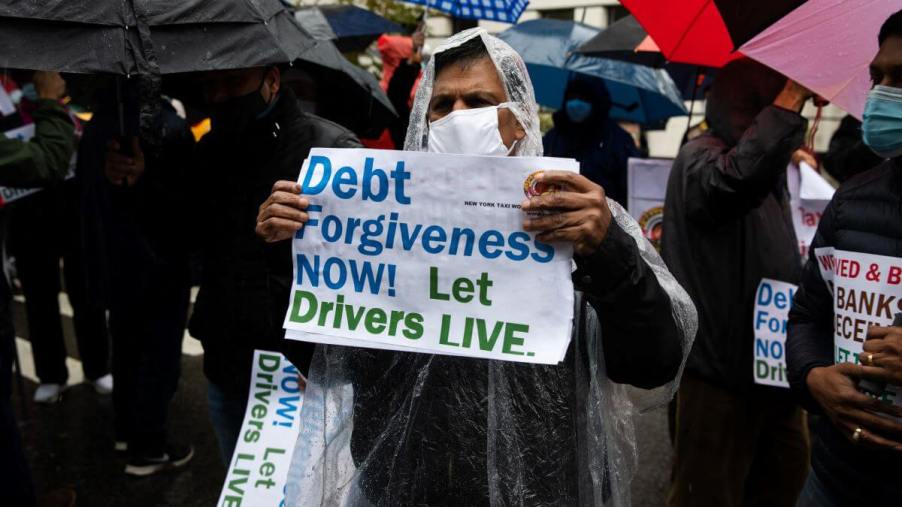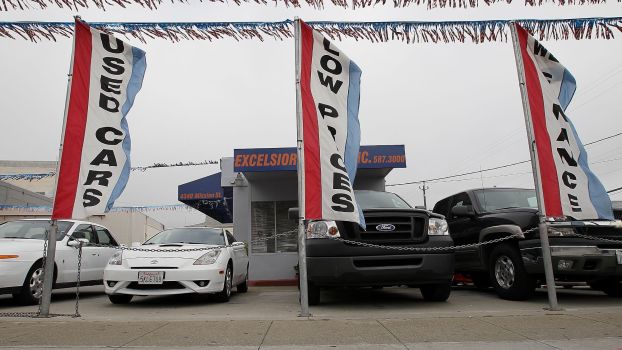
Is Auto Debt a Ticking Time Bomb for the Industry?
Car buying is becoming an uphill task nowadays, especially for buyers who prefer getting their dream vehicles on loan. This downturn hails from several reasons, but the rising interest rates by the Federal Reserve have played a significant role. In fact, most people with auto loans are no longer meeting their payment obligations, especially with the current waves of job cuts and freezing business investments.
Here’s a detailed look at how auto debt is quickly becoming a ticking time bomb and how it might affect the car industry.
How high car prices have increased auto debts in the past
J.P. Morgan indicated that car prices dramatically increased in 2022 due to the coronavirus (COVID-19) induced global supply chain disruption and a persistent chip shortage. As a result, the total debt and average loan size have increased, with larger car loans putting pressure on consumers’ budgets. The high Fed interest rates have also played a significant role in burdening auto debts. This increased new car interest rates to 6.5% in the Q4 of 2022, from 4.1% in the same period of 2021.
The combined high car prices and interest rates also mean that borrowers owe more and are taking longer to finance their purchases. This has also affected the used car market, with loan interest over 12%.
Despite the rise in interest rate, the average repayment period, which has been 70 months, has stayed relatively the same in the past few years. However, the difference in payment has ballooned from $659 in Q4 of 2021 to $717 in the same period of 2022.
How the car industry has responded to the rising debts

The auto industry has devised several measures to work through rising auto debts. One of the most popular ones is introducing a 7-year or 84-month car loan deal. At least 20% of new car borrowers agreed to an 84-month or 7-year loan in the Q3 of 2022, while 11% of used car borrowers committed to this loan term in the same period, as per Automotive News.
Another way the car industry is adjusting to the rising auto debt is by fostering competition among lenders. They have established a variation in interest rates between consumers with prime and subprime credit scores. Consumers with prime credit scores now have the leverage to negotiate interest rates according to their financial capacity.
On the other hand, those with subprime get their loans from small pools of lenders that operate on buy-here-pay-here (BHPH) terms. This gives them a small comparison leverage, less leverage to negotiate rates, and fewer options, which has helped curb appetites for large loans they may fail to pay in the future.
Auto debt might be a disaster in the long run
A look at longer auto repayment plans may seem like a good idea, but it can be a nightmare in the long run. For instance, with the Fed-induced high-interest rates, this kind of plan puts an added risk on the car industry’s future. Subprime creditors will be highly affected as they must pay higher penalties for long-term auto loans. Those with terrible credit scores will also be at risk of repossession, considering they’re at an increased risk of failing to meet their payment obligation due to economic woes.
Another significant way this measure will affect the car industry is the inability to break the cycle of long-term auto loans. Paying for a vehicle for 7 or 8 years means it may no longer meet your needs before you complete the payment. Therefore, consumers will most likely take new loans to buy new vehicles and pay off their existing loans, plunging them into more debt.



